If you are a handyman, you definitely know that WD-40 is a popular and widely used household lubricant that can be found in almost any home.
It can be used almost anywhere from cars to aircraft, and of course, everyone has a bottle of it in their garage to use for household items like garbage disposals, locks, and hinges.
However, some homeowners ask questions about spraying WD-40 up your faucet and what effect it can give. So in this article, we will do our best to find it out for you.
You will learn why you would want to squirt WD-40 up your faucet, what effect it may have, and when it should be done.
In addition, you are going to find out what WD-40 is as a chemical product and what it is made of. With all that in mind, you will better understand how this product works and how it should be used.
Why Would You Spray WD-40 Up Your Faucet?
As we have already mentioned in the introduction part of this article, WD-40 is a multipurpose lubricant that was created in 1953. Nowadays it is mostly used in everything from cars to airplanes.
It is also popular as a product for various household items, for example, garbage disposals, locks, and hinges. But why add it to faucets, you may wonder?
See, the answer is pretty simple and clear. The thing is that WD-40 is one of the best remedies that you can use in the faucet for cleaning off any rust. Of course, WD-40 can be used for this purpose only if your faucet is made of material that is easy to rust.
However, WD-40 can also be used for other purposes!
For example, it can be very helpful for fingers stuck on the faucet! Also, you can make use of it as a lubricant which helps out a lot in its overall performance.
As we have said earlier, the WD-40 can be applied anywhere around the faucet, even inside it. Some repairmen would even like to shoot the WD-40 solution up in the faucet!
The main reason why some people do this is that, when used like this, the WD-40 can work as a lubricant and a diverter to keep the quality of your water good.
As you probably know, most homes in the United States have quite a hard water. Over time, after constantly flowing through the faucet, hard water leaves deposits on most taps. The deposits are made of minerals, which can get into the areas of the plumbing where water moves the most.
Spraying WD-40 inside the faucet is usually enough to remove the deposits and keep your faucet and tap clean.
Some of you might worry that the product could end up in the water and thus be ingested by you or your family members. However, there is nothing to worry about! The solution cannot affect the water that is running down the tap. Why is that?
See, WD-40 can be easily cleaned with water if it has been recently applied. This product also easily evaporates along with water, which is why you can apply it safely even inside of your faucet. You just need to be sure not to put too much of it inside the faucet, since it is simply unnecessary.
Nevertheless, it is best to know first what the WD-40 is made of, as it gives you a bit of an idea of the benefits that it can provide to your faucet. In this way, you can feel assured that WD-40 is very safe to use for your tap once the situation calls for it.
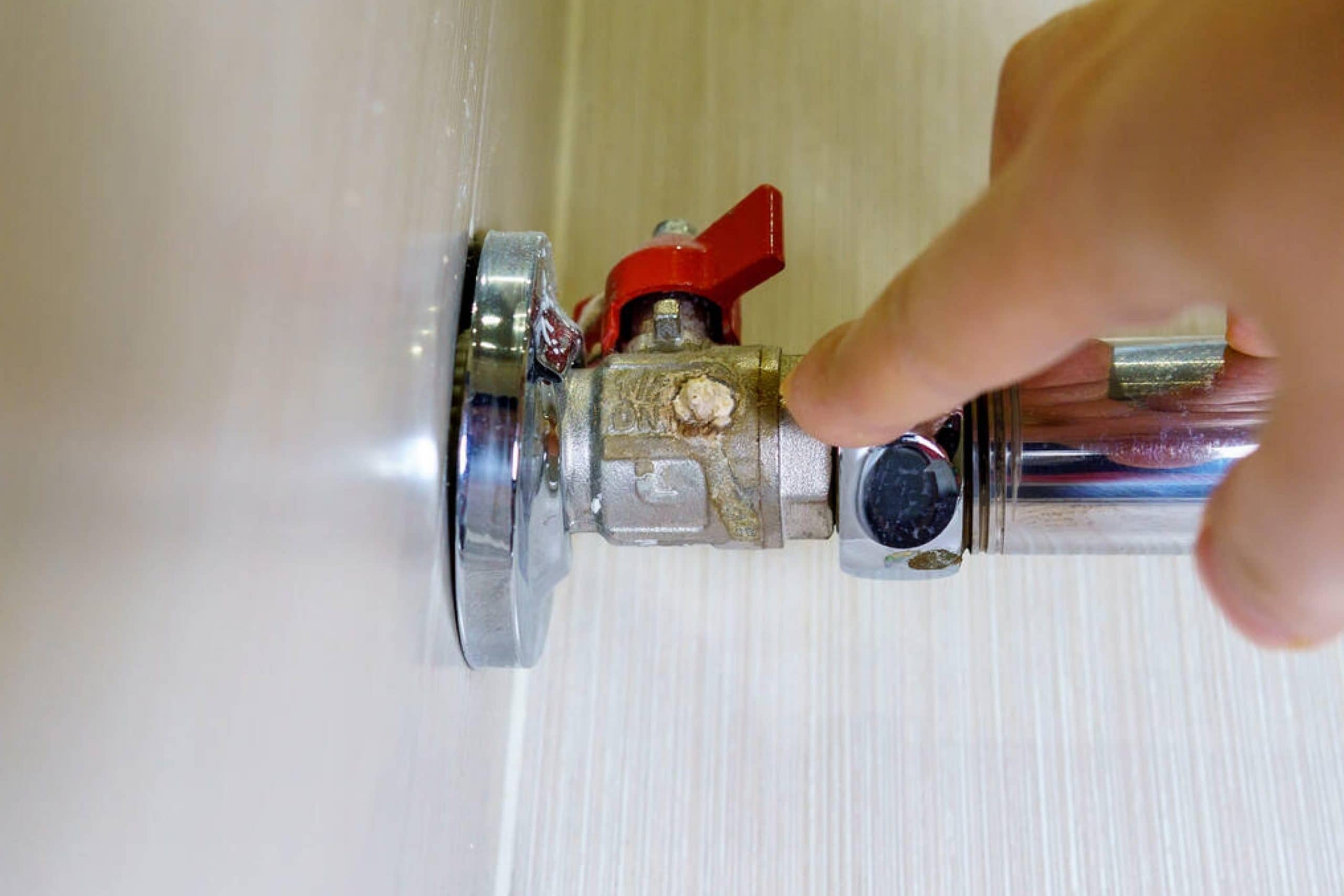
What Is WD-40 Made Of?
Before you learn the things that it can do to your faucet, you should learn what this amazing solution is made of. You might not be aware of it, but WD-40 is a well-known solution that has existed since 1953.
It has never lost its popularity – all thanks to the secret behind developing it. In particular, thanks to its ingredient that a lot of its users are still curious about.
Before, this solution was never patented, making its ingredients secret to the company only. But due to demands set by the Hazardous Communication Regulation, the ingredients became widely known to experts regarding these types of material such as emergency responders.
This is why a data sheet for WD-40 was made known to some people, which then revealed the main ingredients of the product. So the WD-40 is made of a solvent called Stoddard, which has a known name in the market called Varsol.
Aside from Varsol, the WD-40 is made with a propellant composed of CO2. The WD-40 is also known to contain mineral oil as a key ingredient as well.
The Stoddard solvent is also widely known as a “white spirit” which comes from petroleum and is a clear liquid. This is an organic solvent that is mixed to be used for painting solutions. By the way, this solution is also known for its strong scent, which is often used in paints and the WD-40 itself.
Due to this component, along with the mixture of mineral oil, WD-40 has been a very useful agent in removing impurities from metallic materials. Just like the known purpose of the WD-40, it can only be applied to metallic material and other hard materials that might corrode or get stained over time.
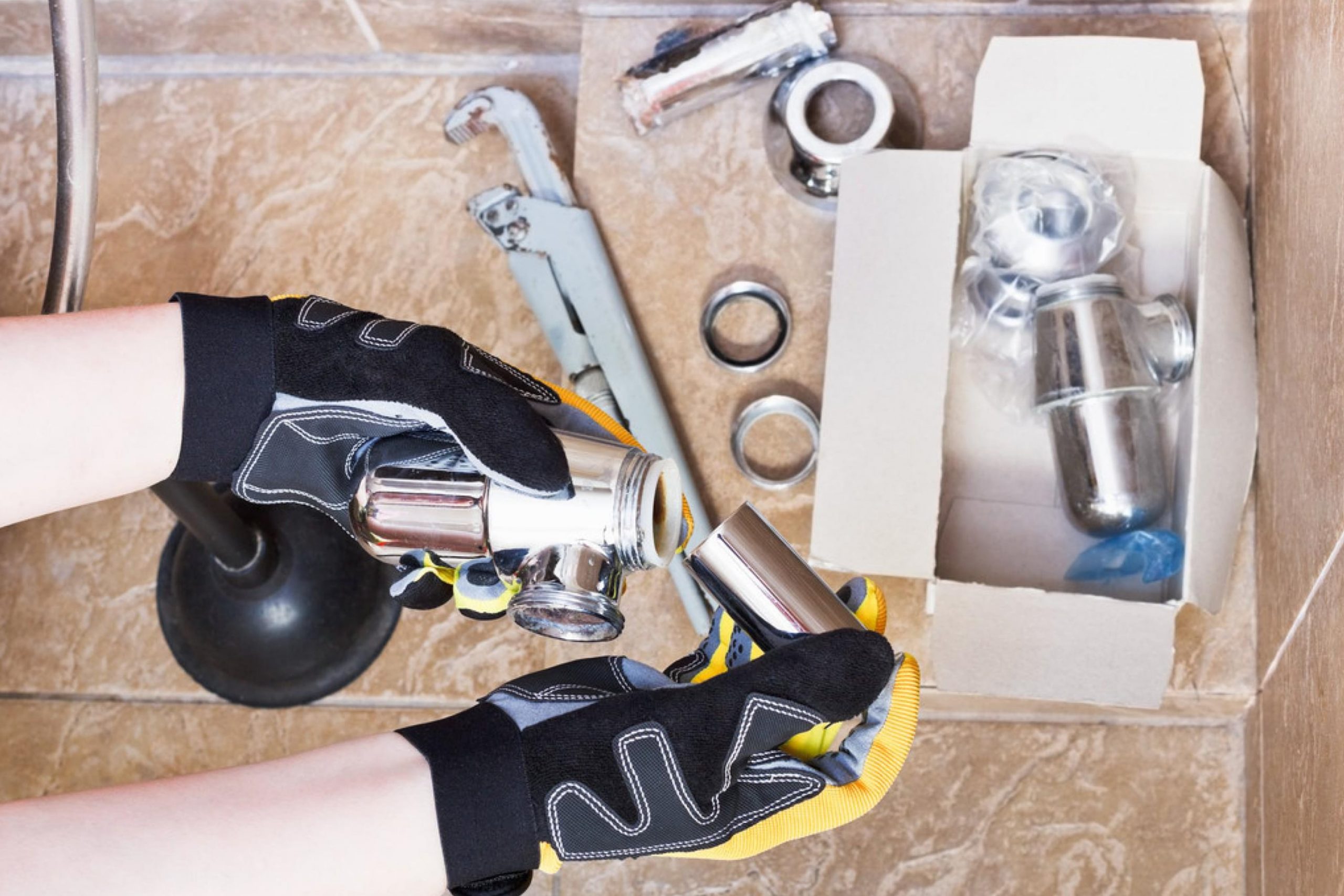
How Do You Use WD-40 On A Faucet?
Now you already have a hint on how useful this solvent can get once you apply it to the faucet. Also, you have learned a bit more about the ingredients that it is made of. But before you start using it, it is important that you understand the right use of the WD-40 for your faucet. Gladly, WD-40 can easily be removed by water and does not cause further issues.
However, there is one serious and important nuance that many people forget about when using WD-40: in order to maintain the whole pipeline of your faucet, you do need a plumber or some serious plumbing skill to use WD-40! This is required since the pipeline is wide enough to avoid deposit buildup.
But the faucet is rather small, which is why it is more prone to buildup that can easily lead to clogging it.
When you keep this nuance in mind, using WD-40 becomes very easy! All you have to do is curve the nozzle upwards so then it can get into the spout. Don’t worry, the nozzle is flexible and does not easily break, which is why it can reach the diverter valve! Just two squirts of the solution would be enough to loosen the faucet and allow water to run smoothly.
Also, make sure that you leave the WD-40 solution for a while so that it takes proper effect when applied over the faucet. Otherwise, if you don’t do this, the water will just wash the solution down the drain or the ground and you won’t get any effect.
You may be wondering why you should pay attention to the diverter valve first of all. See, the diverter valve is the area that is the most prone to deposit buildup.
This is why you need to spray it first. The benefit of doing this is that you avoid any damage inside the faucet due to the buildup of clogged water, which can break the faucet itself. This potentially saves you a lot of money for repairs, replacement, as well as unfair water bill charges.
Also, another good thing about this solution is that you can apply the WD-40 anywhere around the faucet. You can go ahead and apply it at the valves, at the bolt where the pipeline is, or even inside the faucet! There is no problem in applying WD-40 all over the faucet, and it will not affect the quality of water at all.
You will still be able to drink it and use it the same as you did before. Unless you inhale or swallow the solution by accident, you can be sure that the WD-40 will not cause any damage to your health.

What Happens When You Spray WD-40 Up Your Faucet?
Most of us think that WD-40 can only be used as a cleaning agent or for removing any clogs in your faucet. However, this solution has a few more useful abilities that you might not even be aware of!
Spraying WD-40 has a lot of unexpected benefits that will surely make your opinion about it positively different. Below, you can find the list of those. After you read it, don’t be surprised if you might even start keeping one at home just in case there is an emergency in your faucet where the WD-40 can get useful!
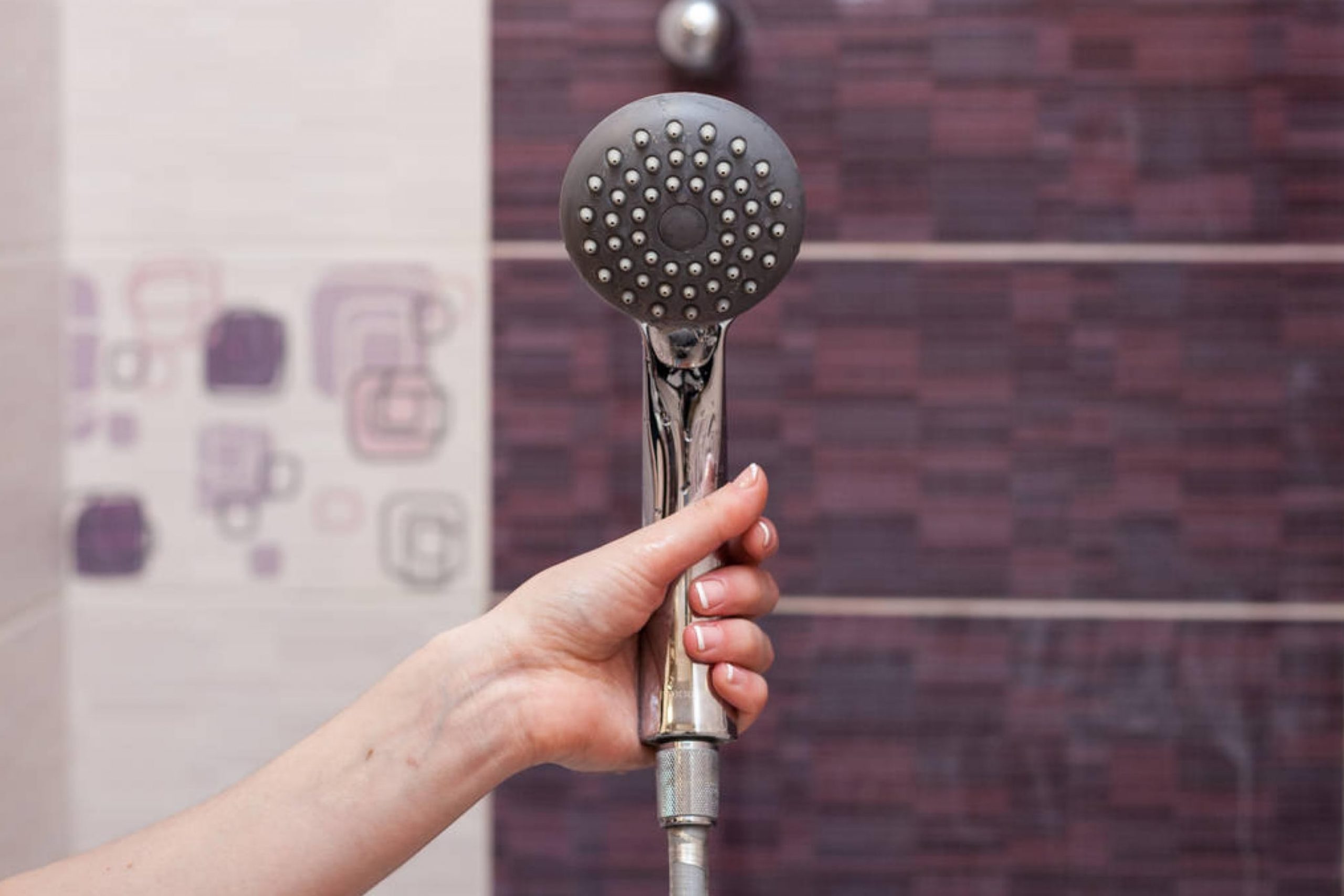
As a Lubricant For Removing Water Deposits
Take note that WD-40 can act as a good lubricant to remove built-up deposits left by the hard water as you use the faucet over and over. You just need to apply two squirts of WD-40 into the faucet, let it stay there for as long as instructed on the label, and then run the water for 30 to 45 seconds.
Running the water will help you cleanse the WD-40 off, as well as the deposits.
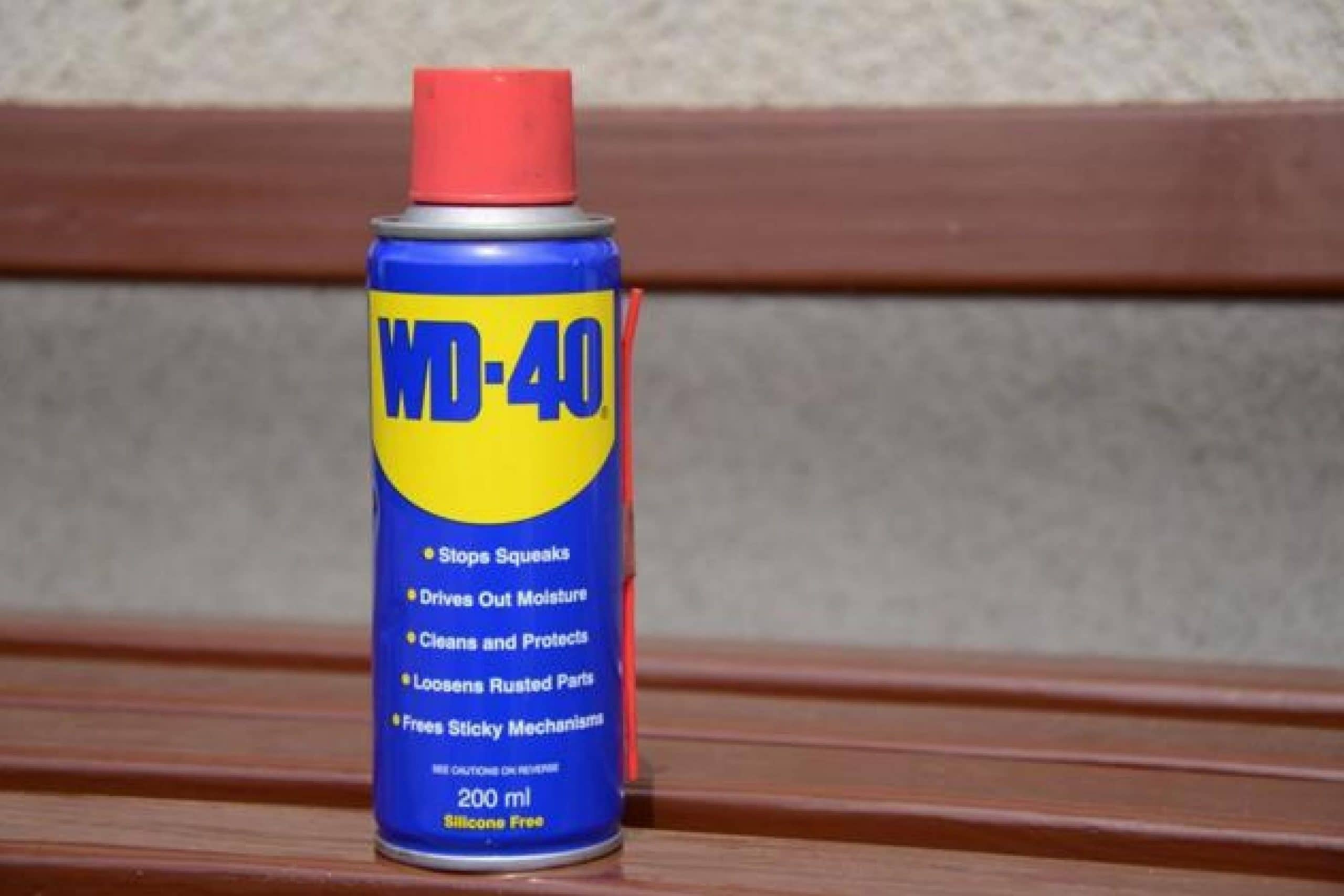
Got Your Finger Stuck In? Use WD-40 to Pull It Out Safely!
This use of WD-40 is probably the handiest if you have kids! Any parent knows that there could be times when your child might have played with the faucet. And often such games end up with their little finger stuck in your faucet!
However, even an adult might also accidentally slip a finger into the faucet, for example, when either repairing or replacing the faucet. No matter who and why pushed the finger into the faucet, getting it out of there can be hard and sometimes even painful!
Thankfully, WD-40 can help you out. In addition, it is not that harmful to the skin if a little amount of it is applied. And since it is made of oil, it means that it will provide some extra slippery effect to your stuck finger.
All you need to do is just spray WD-40 around the end of the spout, and slide your finger out of the faucet gently. This is a popular remedy for toes that got stuck into a bathtub faucet, too!
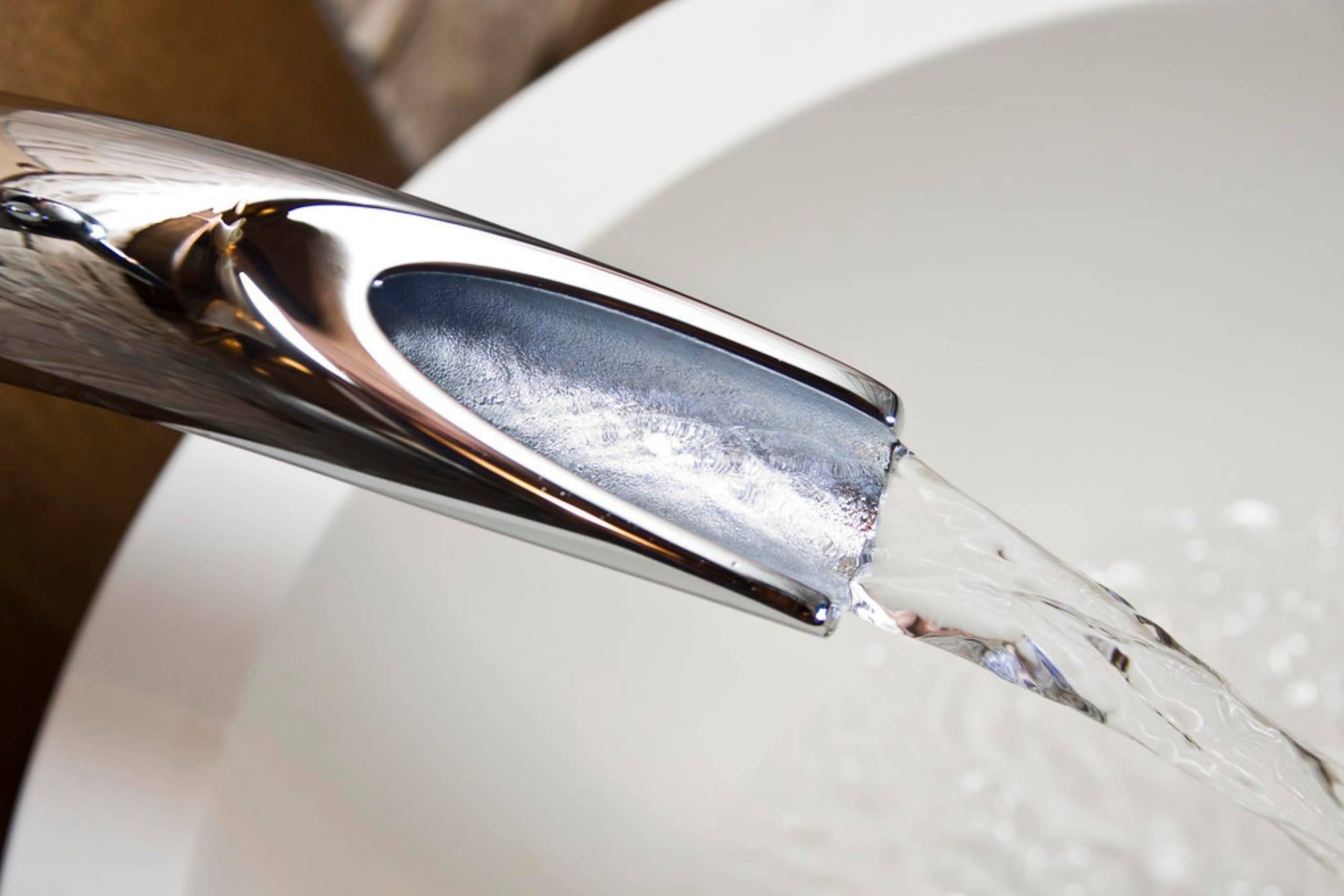
Anti-Rust and Corrosion
This is the classic benefit of WD-40! This solution is also very helpful for your faucet if it is made of a material that can get rusty or stained. It can also remove stains on the faucet or around it.
However, take into consideration that it is still better if you go for stainless steel material for your faucet rather than using WD-40 for cleaning all the time.
Now you know a lot more about WD-40 and its abilities. You learned why you might want to spray this solution up your faucet and why this could be a useful thing to do on a regular basis. Also, we have shared a few other benefits of this product that you might not be aware of.
With this information, you are now aware of several alternative uses of WD-40 that can be applied in your household. Moreover, you are now aware of what this solution is made of. Like that, you have a complete picture of what this product is, how it should be used, and what benefits it has.
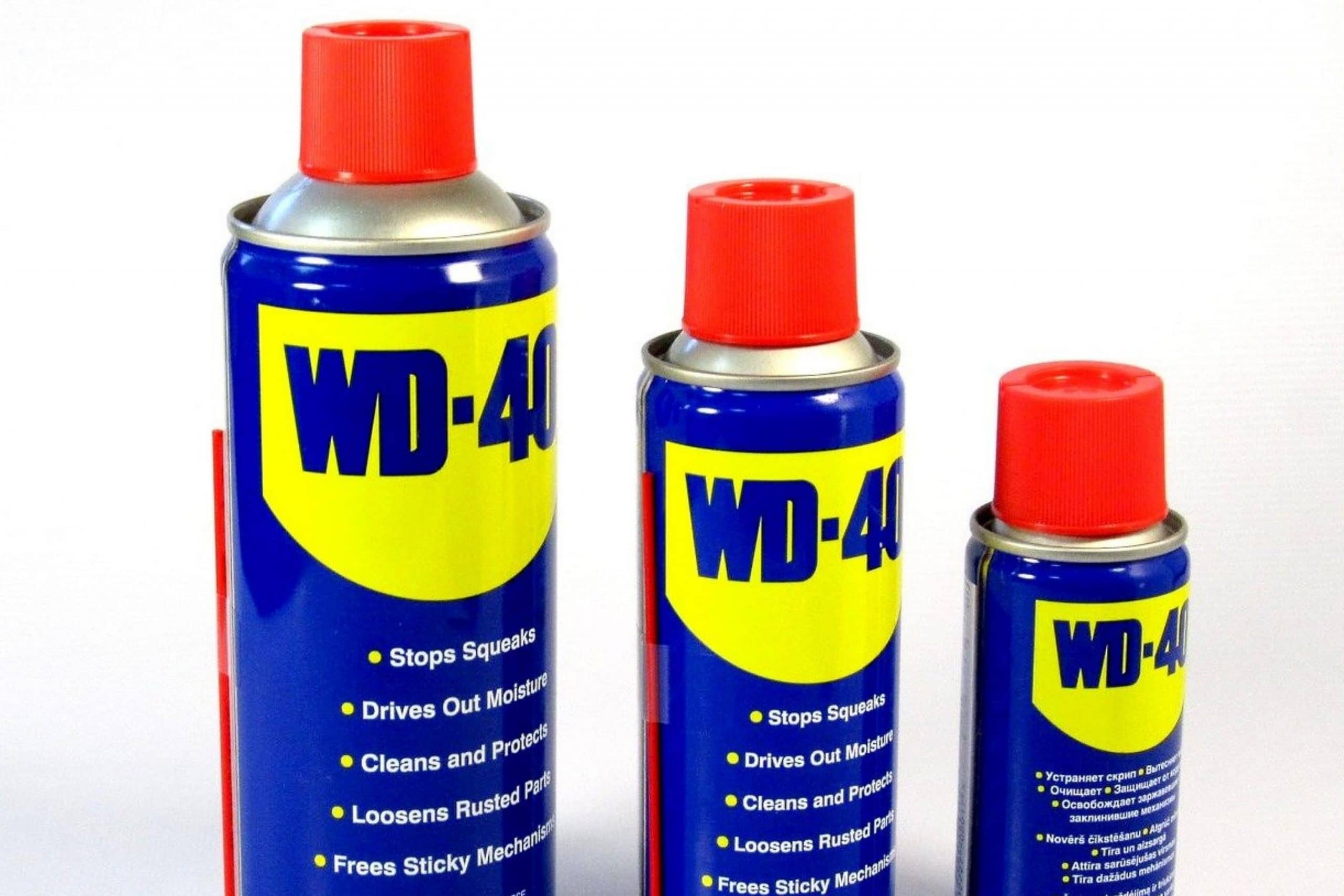
[wp-faq-schema title=”Frequently Asked Questions”]
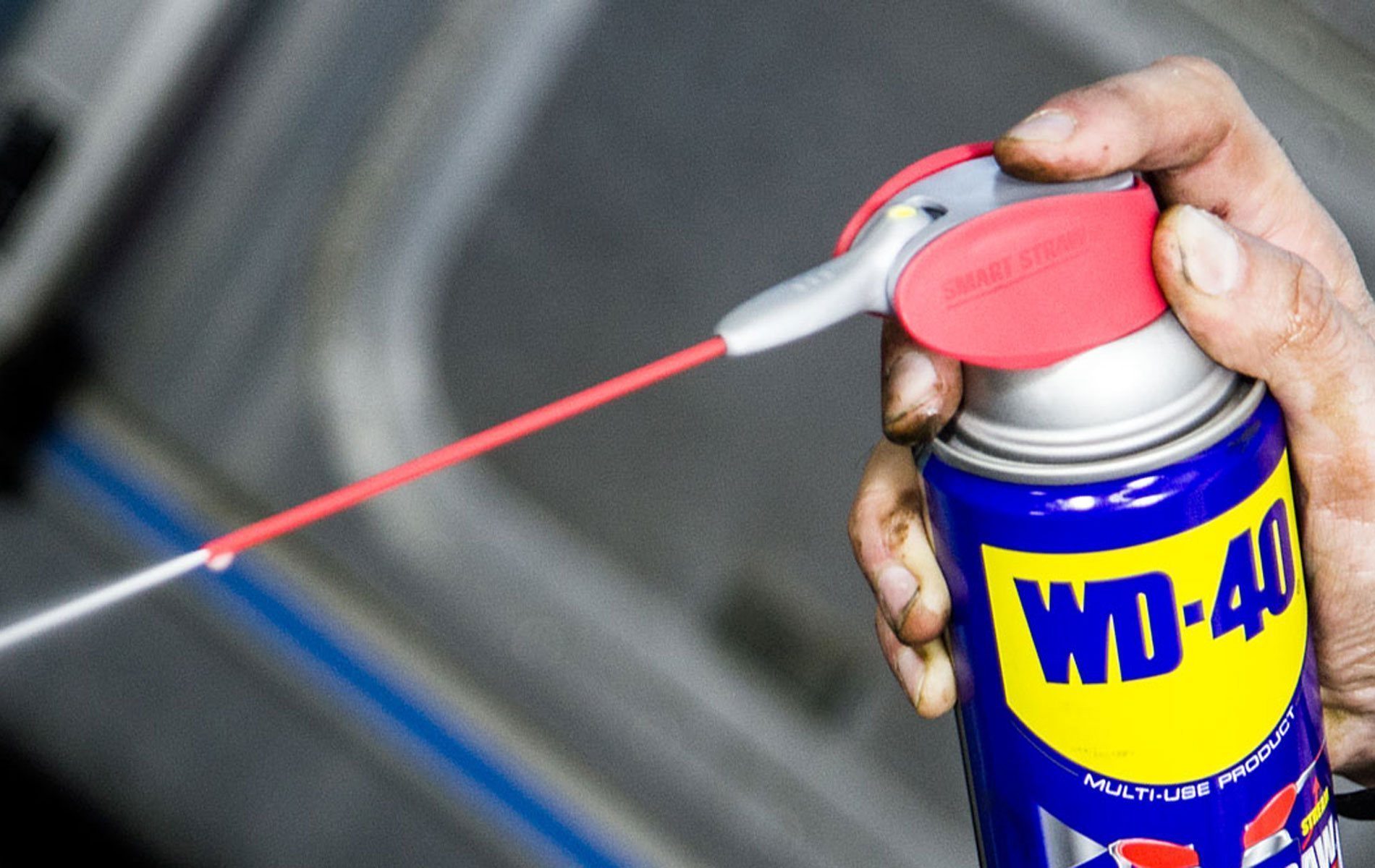
Hi! I need your help, folks! I was using WD-40 to clean my tap and I accidentally spilled some to my hand. Since I was wearing no gloves, now I’m worried that WD-40 might hurt the skin somehow. Could that be possible?
Hello. Well, if you don’t have any visible skin damage like burns, redness, swallen parts, etc., then I assume that there is no damage caused to your skin. Of course, you can go to the hospital to be checked, but WD-40 is pretty harmless for the skin.
Is it dangerous to inhale the vapors of WD-40? I know it’s dangerous if ingested, but what about its fumes?
To be honest, I don’t know the answer. Sorry! I’m always working in a respirator or a mask when I have to deal with such solutions, so it’s unlikely that I inhale anything.